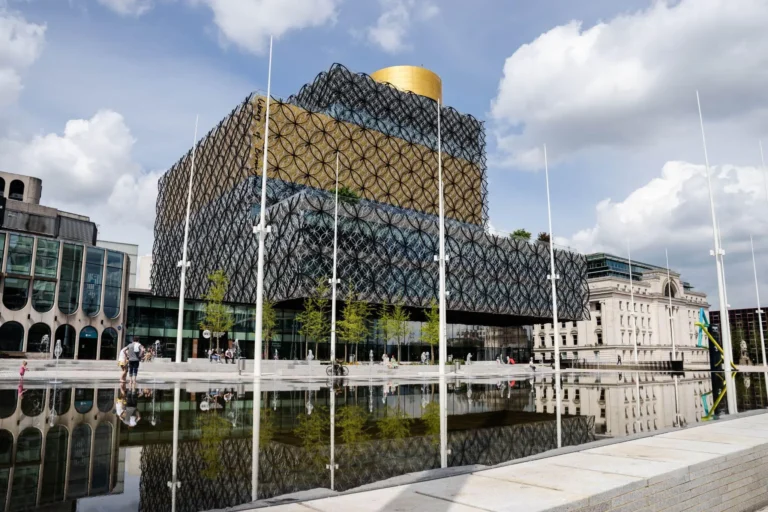What Are Tents Made Of? Everything You Need to Know About the Materials Used In Making Tent

What are tents made of? This is one of the most commonly asked questions by campers trying to buy a new tent or needing to know the type to go for. So, they need to know the materials it’s made of before deciding.
And tents are one of the essential equipment needed for camping. They are portable shelters made of various materials that protect campers from hot and cold weather.
However, it provides shelter for campers and a place to sleep, store gear, and cook meals.
And when choosing a tent for camping, you must consider factors such as size, weight, durability, and materials. Hence, in this blog post, we will answer the question of what tents are
made of and discuss the different materials used to make tents.
Let’s get started!
What Are Tents Made Of?
Tents are made of different materials that could help protect campers from harsh weather. The tents’ materials include synthetic fabrics such as nylon and polyester, natural materials such as canvas and polycotton, and high-performance materials such as ripstop and Cuben Fiber.
You may like to check out What Does Pitching a Tent Mean?
Different Types of Tent Materials
Now that you know what tents are made of (that’s the materials), let’s look into these materials, their benefits, and whether they are a good fit for you as a camper.
1. Nylon Tents

If you’re looking for a durable and lightweight tent, then tents made of nylon are worth considering. Nylon is a synthetic fabric known for its strength and durability, making it an excellent choice for outdoor gear.
One of the advantages of nylon tents is that they are typically lighter than other types of tents, which makes them easier to carry and set up. This can be especially important if you plan on hiking or backpacking to your camping destination.
Additionally, nylon tents are often more affordable than tents made from other materials, which is great if you’re on a budget.
But just because nylon tents are lightweight and affordable, it doesn’t mean they sacrifice durability. Many nylon tents are designed to withstand harsh weather conditions, including wind and rain. This is because nylon is often treated with a waterproof coating, which helps keep you dry in wet conditions.
Another benefit of nylon tents is that they are relatively easy to clean and maintain. Simply wiping them down with a damp cloth can help keep them looking new for years. And if you do experience any tears or punctures, many nylon tents can be easily repaired with a patch kit.
2. Polyester Tents
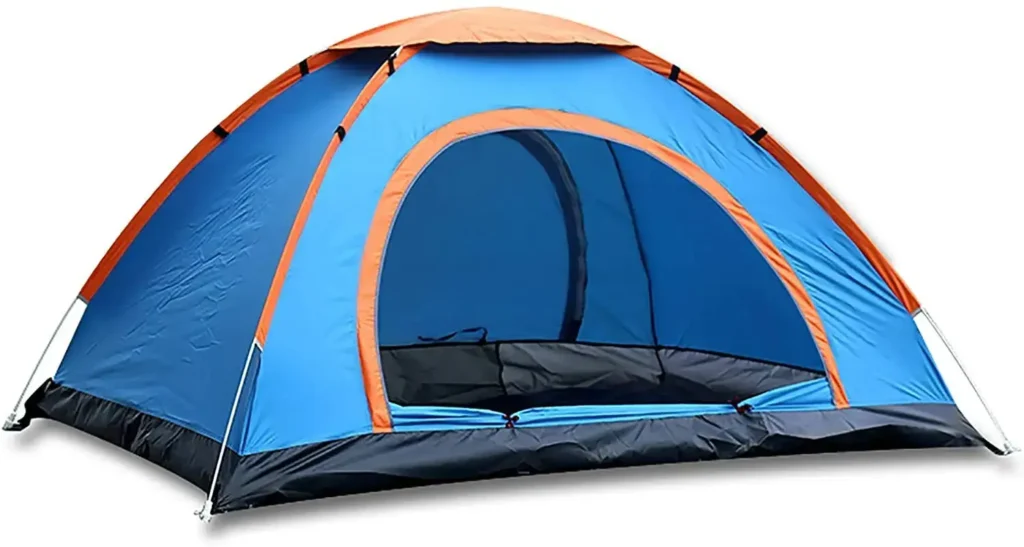
One of the most significant advantages of a polyester tent is its durability. Polyester is a challenging and robust material that withstands elements, including rain, wind, and extreme temperatures.
This means your tent will last longer, providing reliable shelter on your camping trips for years.
Moreover, polyester tents are also lightweight and easy to transport, which makes them ideal for backpacking and other outdoor adventures. You won’t have to worry about lugging a heavy tent around, and you can enjoy the freedom to explore different campsites without being weighed down.
Polyester tents are also often more affordable than other types made with high-end materials. This is particularly true if you’re shopping for a family-sized tent, as polyester tents are typically more budget-friendly than their canvas or nylon counterparts.
Lastly, polyester tents are also easy to maintain and clean. The material is resistant to mildew, mold, and other types of bacteria, so you won’t have to spend much time and effort cleaning your tent after each use.
If you are thinking if an 8-person tent too big, check out this post to know more!
3. Canvas Tents
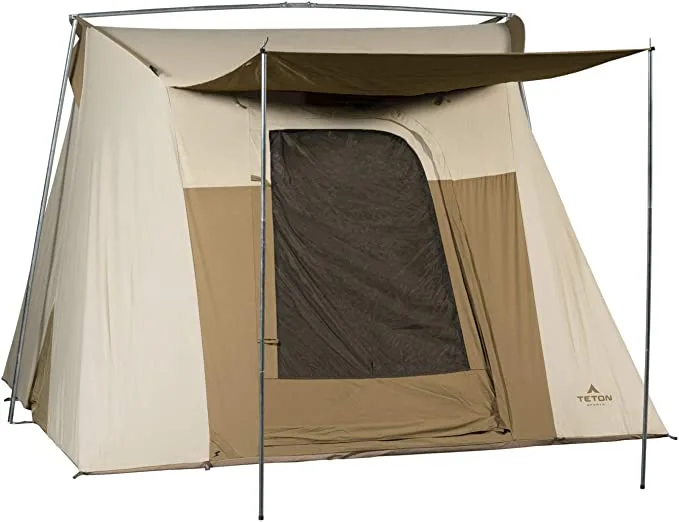
- Special Feature – Waterproof
- Brand – TETON Sports
- Occupancy – 6 Person
- Design – Camping Tent
- Material – Canvas
- Recommended Uses For Product – Camping & Hiking
Canvas tents have been around for centuries, and with good reason – they provide excellent protection against elements such as rain and wind while also offering a comfortable and cozy atmosphere.
One of the standout features of canvas tents is their ability to withstand harsh weather conditions. Unlike many synthetic materials, the canvas is resistant to UV radiation and can keep you dry in even the heaviest downpours.
Plus, canvas tents naturally insulate, keeping you warmer in colder temperatures.
But don’t think that these tents are only for rugged outdoor adventures. Canvas tents also offer a luxurious camping experience. Many models come with multiple rooms, large windows, and even screened-in porches, allowing you to relax in style and comfort.
And since the canvas is breathable, you won’t have to worry about feeling stuffy or claustrophobic inside the tent.
Furthermore, canvas tents also have a longer lifespan. That’s to say, while synthetic tents can wear out after just a few uses, canvas tents can last for years with proper care and maintenance.
And since they’re made from natural materials, they’re also better for the environment than their synthetic counterparts.
4. Polycotton
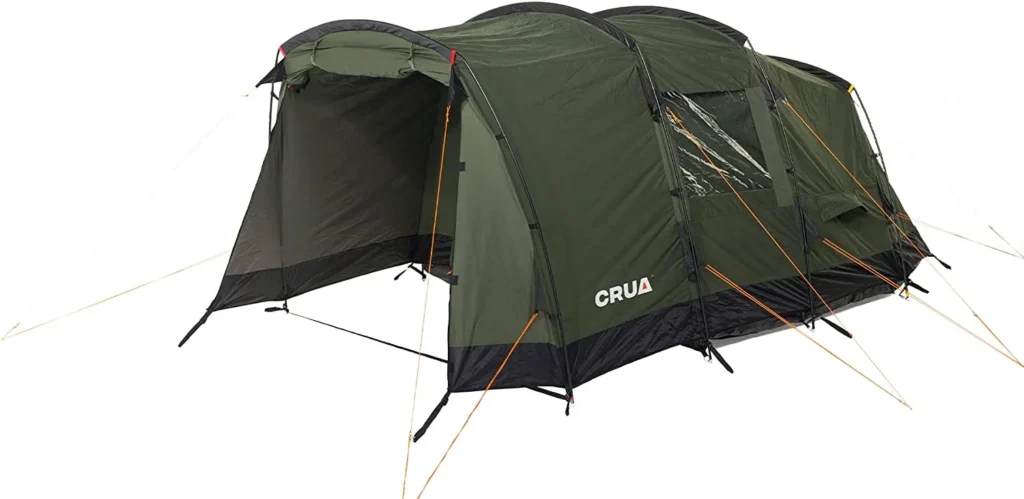
Polycotton tents are made from a blend of polyester and cotton, which gives them the strength of synthetic materials and the softness of natural fibers.
Polycotton tents’ excellent insulation properties are one of the things that make them great. They are ideal for use in hot and cold weather conditions, as the cotton fibers trap warmth during colder nights, and the polyester keeps the tent cool and airy during hotter days.
This makes them an excellent choice for year-round camping, whether you’re heading out on a summer road trip or a winter adventure.
Polycotton tents are also highly durable and long-lasting, as the blend of materials makes them resistant to wear and tear. They are less likely to tear or puncture than traditional nylon tents, which means they’ll be able to withstand more rough and tumble-camping experiences.
Plus, the cotton fibers in the tent material are naturally moisture-wicking, which helps prevent mold and mildew growth and prolongs the tent’s life.
In terms of comfort, Polycotton tents deliver. The soft and breathable material allows for better airflow, so you’ll enjoy a more comfortable sleeping experience.
The fabric also has a natural UV resistance, which will protect you from the sun’s harmful rays, and the material blocks out more noise than traditional tents, so you’ll get a better night’s sleep.
5. Ripstop Tents
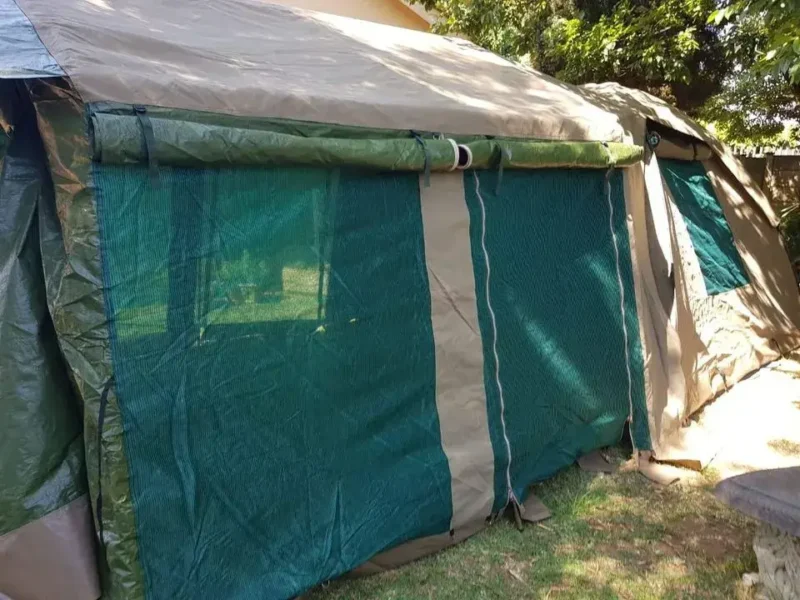
Ripstop tents are an excellent choice for anyone who loves camping and outdoor activities. These tents are constructed using a special fabric designed to be strong and durable, making them ideal for use in rugged terrain and harsh weather conditions.
One thing about Ripstop tents is their ability to resist tearing and ripping. This is due to the unique weave pattern of the fabric, which features reinforced threads that help prevent small tears from turning into larger ones.
As a result, these tents can withstand more wear and tear than other types of tents, making them an excellent investment for frequent campers.
Additionally, Ripstop tents are lightweight and easy to pack, making them popular for backpackers and hikers. Their compact size allows them to be easily transported and set up quickly and easily once you reach your destination.
This is especially beneficial for those who like to explore different camping spots and need to move quickly and efficiently.
Furthermore, Ripstop tents are often treated with a water-resistant coating, which helps keep you and your gear dry during rain showers. This added protection can make a big difference in your overall camping experience, especially if you are camping in an area with unpredictable weather.
6. Cuben Fiber

Lastly, Cuben fiber tents are incredibly lightweight. This is thanks to the unique design of the material, which features a three-dimensional structure that is both strong and flexible.
As a result, you can pack up your cuben fiber tent and take it with you on all of your outdoor adventures without feeling weighed down.
In addition to being lightweight, Cuben fiber tents are also incredibly durable. The material is resistant to tearing and punctures, which means you won’t have to worry about your tent falling apart on you in the middle of a camping trip.
Plus, the material is designed to withstand harsh weather conditions, so you can rest easy knowing you’ll be protected from the elements.
One of the most significant advantages of Cuben fiber tents is their breathability. The three-dimensional structure of the material allows for plenty of air circulation, which means you’ll stay relaxed and comfortable even on hot summer nights.
And because the material is moisture-wicking, you won’t have to worry about waking up in a damp, uncomfortable tent.
Of course, every tent is flawed, and Cuben fiber tents have a few downsides. For one thing, they are more expensive than traditional tents. And because the material is relatively new, finding replacement parts or accessories may be more difficult if something breaks or gets lost.
Which Tent Material Are You Going For?
You have viewed the different materials tents are made of. The question now is, which tent are you doing for?
Are you going for nylon or polycotton, or even canvas? Whichever tent material you are going for, ensure you pick the right one that meets your needs.



